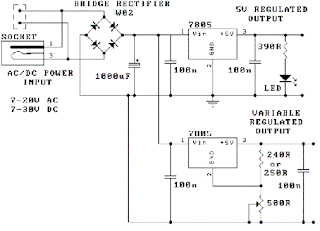Airbus is an aircraft manufacturing subsidiary of EADSAirbus employs around 52,000 people at sixteen sites in four European Union countries: France, Germany, the United Kingdom and Spain. Final assembly production is at Toulouse (France),Hamburg (Germany), Seville (Spain) and, since 2009, Tianjin (People's Republic of China).Airbus has subsidiaries in the United States, Japan, China and India.The Airbus family consists of short- to medium-range, narrow-body, commercial passenger jet airliners manufactured by Airbus
ÒThe family includes the A318, A319, A320 and A321
ÒThe aircraft family can accommodate up to 220 passengers and has a range of 3,100 to 12,000 km (1,700 to 6,500 nmi),
ÒThe first member of the A320 family—the A320—was launched in March 1984, first flew on 22 February 1987, and was first delivered in 1988.
ÒThe A320 family pioneered the use of digital fly-by-wire flight control systems, as well as side-stick controls, in commercial aircraft
ÒUp till now 4858 A-320’s are manufactured & 4765 are in service. And 3255 aircrafts orders is placed. The fastest selling aircraft of the world
ÒOn 1 December 2010, Airbus officially launched the new generation of the A320 family with the A320neo "New Engine Option”
Flight deck equipped with
ÒElectronic Flight Instrument System (EFIS)
Òside-stick controllers
Ò Electronic Centralised Aircraft Monitor (ECAM)
ÒElectronic Flight Control System (EFCS)
ÒFlight Management Systems (FMS)
ÒCentral Fault Display System (CFDS)
ÒThe Electrical Flight Control System (EFCS) provides :
Safety improvements (stall / windshear / overstress /
Òoverspeed protection)
Òequipped with full flight envelope protection was a new experience for many pilots









